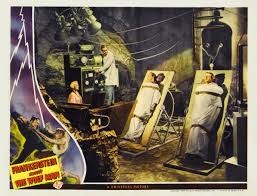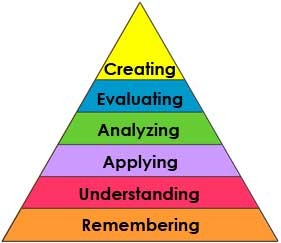Have you ever wondered why children are such good collaborators in primary, and how they lose it all when they get to secondary? Or how to introduce resilience to a teenager that has never even thought about it before?
Building Learning Power is a framework that encourages thought and discussion around how we as practitioners can develop skills and attributes for life and work. On this journey so far we have shared resources and ideas, discussed successes and areas for improvement when developing BLP in 4 HUB schools in West Lothian.
HOWEVER. We are not magicians. In secondary school a pupil may have 15 different teachers, across a range of subjects. If a few members of staff are dipping their toe in the theory behind BLP it is unlikely to have any lasting effect on a child.
What we REALLY need is early intervention. And parental support. And a culture that promotes the development of skills and attributes sustainably. Across more teachers. Is it even POSSIBLE??!
Here in West Lothian we are ABSOLUTELY willing to try. Last week signified the first cluster meeting to disucss BLP. 2 representatives from each feeder primary school came along to discuss how we can promote the development of skills and attributes in our young people from the minute they walk in the door in nursery, right up until they leave secondary school. A group of enthusiastic, committed primary teachers willing to collaborate with staff from Inveralmond Community High School? What an absolute success.
“The school in its community, working with partners to meet the needs of all children
and young people, multi-agency approaches to improve learning, leadership and
coordination.” – Taken from Learning Together: Lessons about school improvement.
Over the next year we will be strengthening our bonds between primary and secondary to provide a holistic approach towards supporting the development of skills and attributes in our young people.
All staff went away with some homework:
-to reflect on our own practice
-read around the theory behind BLP
-develop a classroom display that promotes and recognises development in skills and attributes
-trial activities in the classroom that encourage skill development.
We will be documenting our progress throughout- if you are interested in getting involved please get in touch and let us know what you think!
Thanks,
The BLP team.









